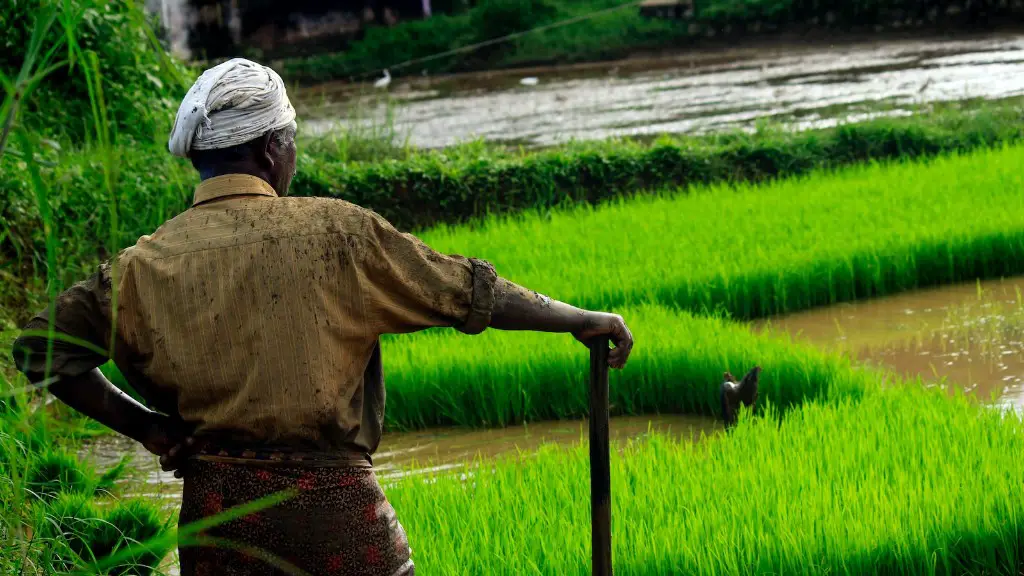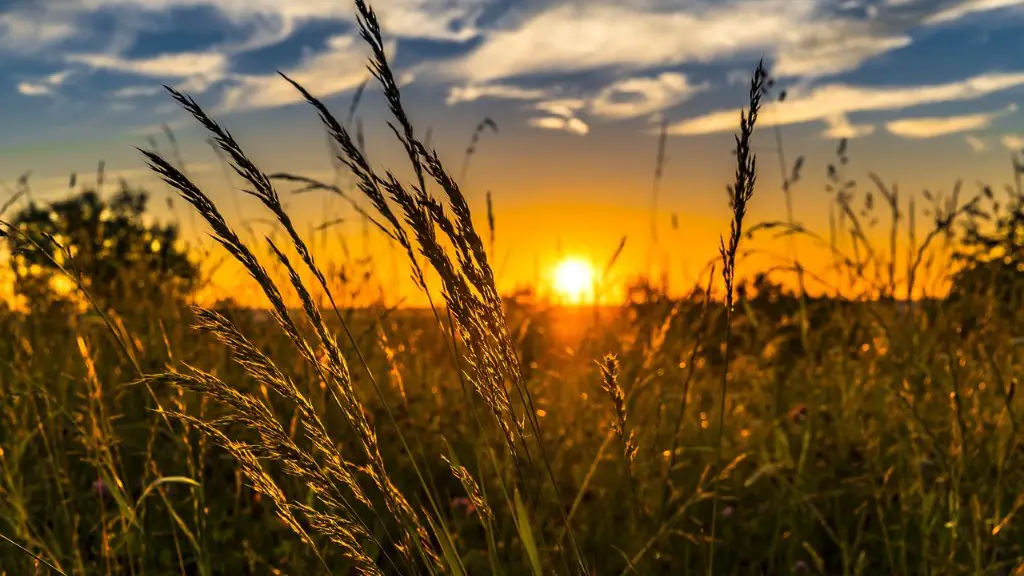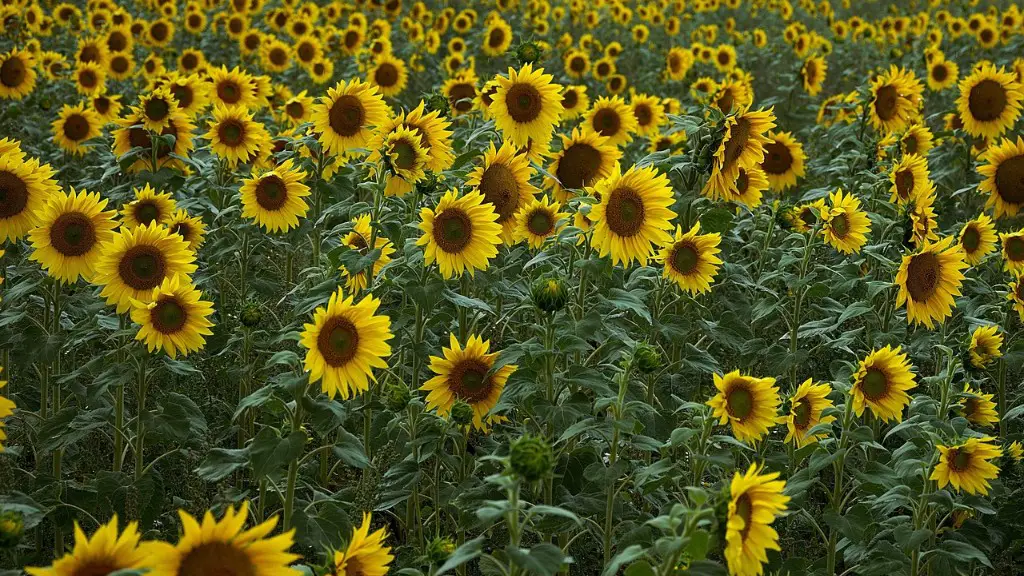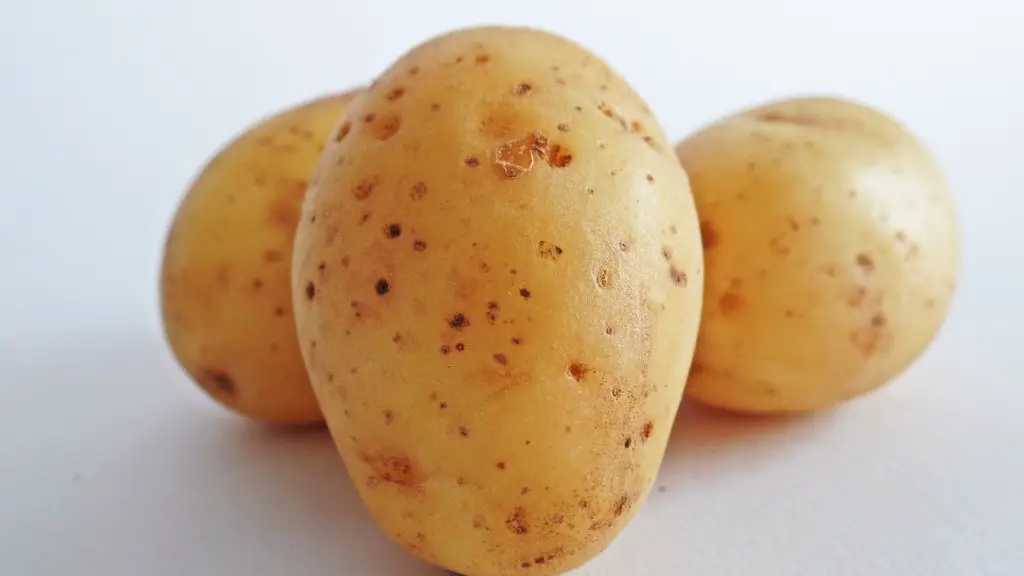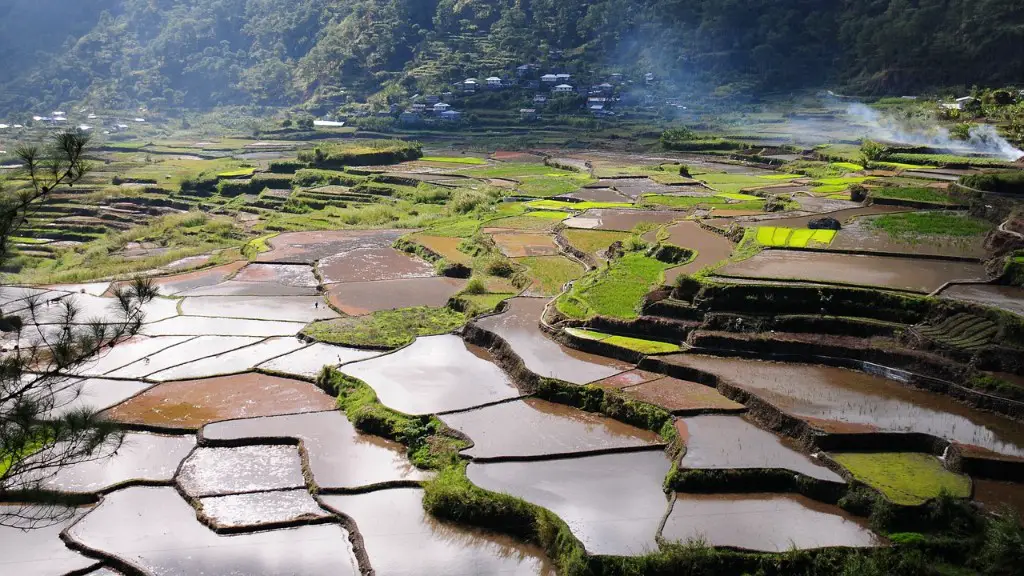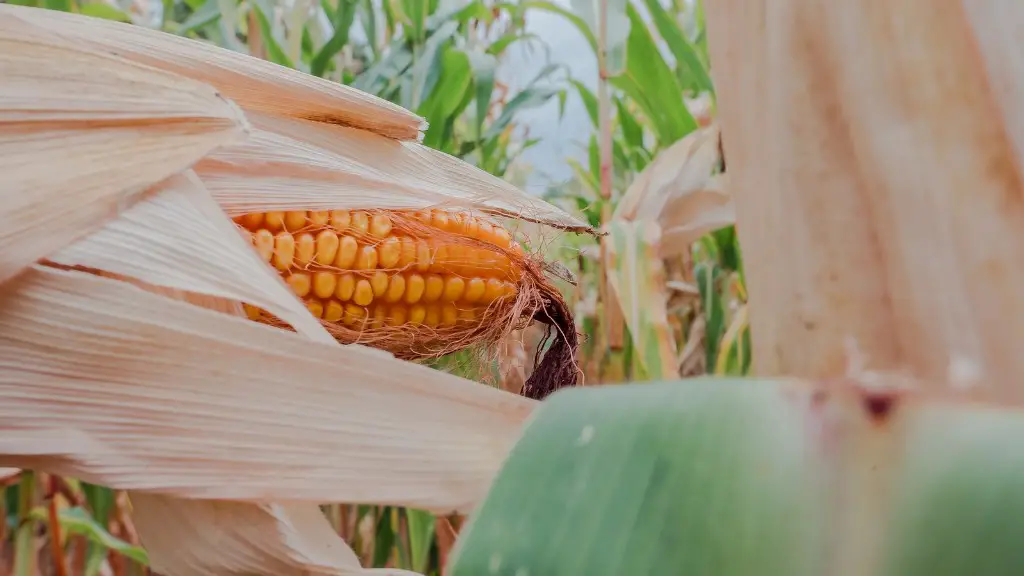In agriculture, the cost of production is the total cost incurred by the farmer to produce a crop, including all inputs and labor. The cost of production is important to farmers because it represents the minimum price they must receive for their crop in order to cover all of their costs and make a profit. Farmers use the cost of production to determine the price they will charge for their crop.
The cost of production in agriculture is the amount of money that is spent on producing crops or livestock. This includes the cost of seeds, labor, equipment, and other inputs. The cost of production can vary greatly depending on the type of farm and the location.
What is the cost of production?
Production costs are all of the direct and indirect costs businesses face from manufacturing a product or providing a service. This can include labor, raw materials, consumable manufacturing supplies, and general overhead.
The cost of production is an important factor to consider when deciding whether or not to grow a specific crop, make a specific product, or provide a specific service. The cost of production includes the cost of inputs (such as labor, land, seed, fertilizer, water, and energy), the cost of transportation, and the cost of marketing and distribution.
How can the cost of production be calculated
Cost of production or cost price or production costs can be calculated by adding all direct and indirect costs of a manufacturing unit. Here is the formula of calculating cost of production:
Total cost of production= Cost of labor + Cost of raw materials + Overhead costs on manufacturing.
The cost of production is an important factor for businesses to consider when assessing their financial health. If a product’s cost of production is consistently higher than the profits it earns, the company may cease production to stay within budget. This can be a difficult decision for businesses, as ceasing production may mean laying off employees or losing market share. However, if a company is not financially healthy, it may not be able to stay in business for long.
What is an example of cost of production?
In other words, production costs are the costs incurred in the process of creating or manufacturing a good or service. These costs can include things like labor costs, raw materials, or consumable supplies. Production costs are important to consider when making decisions about pricing, production efficiency, and other economic factors.
There are a number of different types of costs of production that you should be aware of: fixed costs, variable costs, total cost, average cost, and marginal cost.
Fixed costs are those costs that do not change with production levels, such as rent or insurance. Variable costs are those costs that do change with production levels, such as raw materials or labor. Total cost is the sum of fixed and variable costs. Average cost is total cost divided by the number of units produced. Marginal cost is the cost of producing one additional unit of output.
You should be aware of these different types of costs in order to make informed decisions about production levels and pricing.
Why is the cost of agricultural production?
In agriculture, cost of seed, manure’s and fertilizers, irrigation, labour are the variable costs The sum of fixed costs and variable costs forms the ‘total cost’, when the total expenditure is deducted from the total returns (income), one gets the ‘net profit’.
The three general categories of costs included in manufacturing processes are direct materials, direct labor, and overhead.
Direct materials costs are those that are directly associated with the materials used in the manufacturing process. This would include the cost of the raw materials used in the manufacturing process, as well as any shipping or handling charges associated with acquiring those materials.
Direct labor costs are those that are directly associated with the labor required to manufacture the product. This would include the wages of the employees who are directly involved in the manufacturing process, as well as any benefits or taxes associated with those wages.
Overhead costs are those that are not directly associated with either the materials or the labor required to manufacture the product. This would include the cost of rent for the factory space, the cost of utilities, the cost of insurance, and so on.
What are the costs of agriculture
The main costs associated with farming are operator labor, machinery, taxes, asset depreciation/capital consumption, rent and interest expenses. Chemicals and fertilizer make up a large share of on-farm expenditures, while fuels are the lowest share.
The cost of production includes all the expenditures incurred in the process of producing a good. This includes the cost of raw materials, labour, machinery, etc. The cost of production also includes the indirect costs incurred in the process of production, such as the cost of electricity, water, gas, etc.
How can you reduce the cost of production in the farm?
There are several ways that farmers can reduce production costs on their farm. One way is to pay attention to key performance indicators (KPIs) and use this information to make strategic decisions about seed and chemical purchases. Another way to reduce costs is to invest in precision ag technology, which can help farmers save money on inputs and improve production efficiency. Additionally, farmers can prioritize machinery and equipment repairs, and consider transitioning from leasing to owning farmland. Finally, restructuring debt can also free up additional working capital, which can be used to invest in production improvements or other cost-saving measures.
There are four main factors that affect your production costs: raw materials, labor, overhead, and outside services.
Raw materials are the physical materials needed to produce the product. This includes everything from the raw materials used in manufacturing to the packaging materials used to ship the product.
Labor costs are the costs associated with the labour used to produce the product. This includes the wages of the workers, as well as the cost of any benefits or training.
Overhead costs are the costs associated with the overhead of running the business, such as the cost of rent, utilities, and insurance.
Outside services are the costs associated with any services that are used to produce the product, such as shipping or packaging.
What increases cost of production
If a company increases its output in the short run, its total variable costs will rise. This is because the firm will require a higher amount of materials and labor to produce the increased output. Additionally, the firm will need to purchase more packaging to accommodate the increased production. Consequently, the firm’s variable costs will increase in the short run.
The factors of production are the resources used in creating and producing goods and services. The four categories are land, labor, capital, and entrepreneurship.
Land refers to the natural resources used in production, such as minerals, water, and air.
Labor refers to the human effort used in production, including mental and physical work.
Capital refers to the financial resources used in production, including money, equipment, and buildings.
Entrepreneurship refers to the initiative, risk-taking, and creativity used in production. It is the driving force behind new ideas and businesses.
What are 3 examples of production?
1. ProductionJob Production: This type of production refers to the manufacturing of a custom part for an infrastructure project.
2. Batch Production: This type of production is typically used by bakeries to produce a specific number of items, such as 1200 blueberry muffins.
3. Mass Production: This type of production is usually used by factories to produce large quantities of items on a continuous basis, such as lightweight bicycle tires.
4. Mass Customization: This type of production allows businesses to customize products to meet the specific needs of their customers.
Producers will respond to an increase in profits by supplying more of the good. The additional production will cause the supply curve to shift to the right. The increased supply will lead to a lower price and a higher quantity of the good being produced.
What are the two types of production cost
Variable costs are those costs that vary with the quantity of goods produced. Fixed costs are those costs that are independent of the quantity of goods being produced.
Variable Cost: The part of total cost that changes with change in output is known as variable cost. It includes all those costs which vary with changes in output like raw material, fuel, electricity, wages etc.
Fixed Cost: The part of total cost that remains constant with changes in output is known as fixed cost. It includes all those costs which do not change with changes in output like rent, interest, salary, depreciation etc.
Conclusion
The cost of production in agriculture refers to the total expenditure incurred by farmers to produce a certain output of agricultural goods. This includes all direct and indirect costs incurred in the production process, such as seed, labor, fertilizer, and other inputs. The cost of production can vary greatly depending on the type of crop being produced, the geographical location, and other factors.
The cost of production in agriculture is the total cost of all the inputs used in producing a crop or livestock animal. This includes the cost of seed, fertilizer, labor, machinery, and land. In order to be profitable, farmers must sell their product for more than the cost of production.
